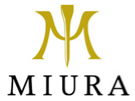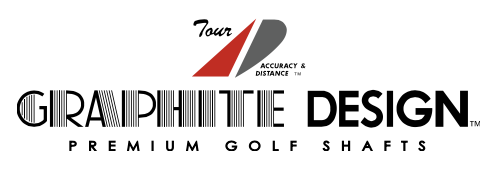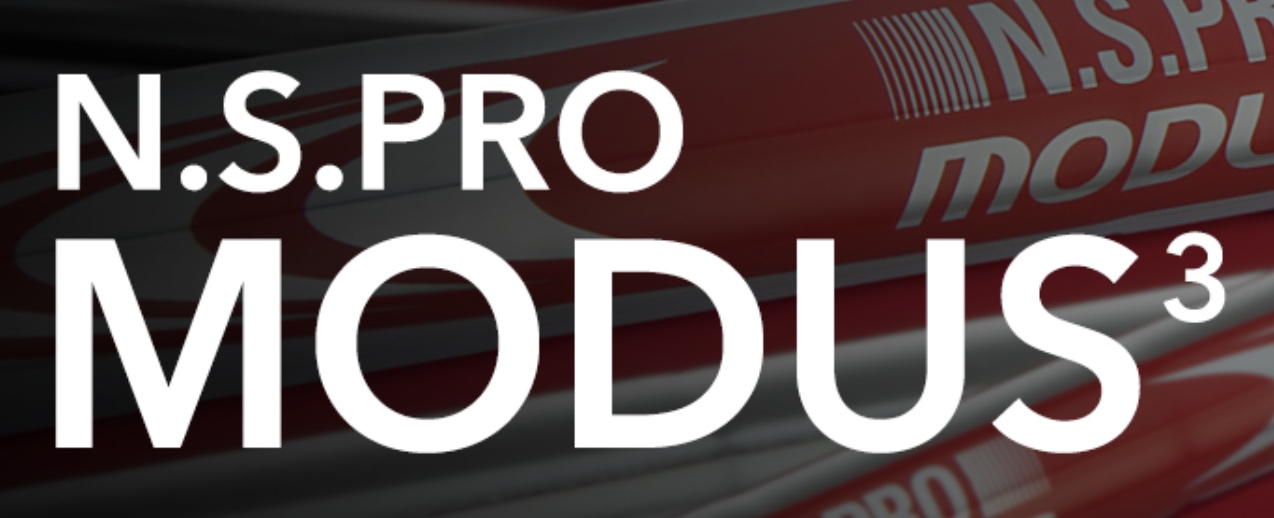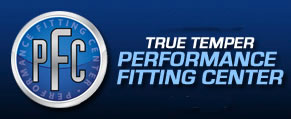UPPER BODY POSTURE
Posture deficiency in the upper body affects curvature of the upper spine (kyphosis) and alignment of the shoulders. Muscle imbalances and limitations in joint movement in the upper body posture restrict a golfer’s ability to swing a golf club efficiently. Rounded shoulders and spine (C-Posture) at address is recognized as a significant swing fault for about one-third of all golfers.
The major joint problem in C-Posture is a limitation in upper spine extension (restricted backward bend of the thoracic spine). C-Posture restricts the rotational capability of the spine and thereby limits the ability to generate an effective backswing and downswing. The backswing is often short and wide to compensate for posture restrictions.
The reciprocal actions of tight shortened muscles pulling the shoulders forward and weak inhibited muscles that reduce stability are associated with C-Posture. It’s also characterized by insufficient pelvic tilt. Functional movement tests together with swing analysis and evaluation of posture at address help identify the underlying causes of C-Posture if you have it. The good news is that relatively simple stretching and exercise can help recover a healthier posture that will allow you to swing a club more effectively.
Shoulder alignment and movement are determined largely by the structure of two joints. The most stable joint, the acromio-clavicular joint (AC joint), is formed by the connection between the scapula (shoulder blade) and the clavicle (collar bone). Muscles linking the inner edges of the scapula to the spine and ribcage help stabilize the scapula position close to the torso. The AC joint is a pivot point for movement of the scapula in retraction, protraction, downward rotation, upward rotation. Think of how the scapula moves in the backswing and downswing.
The most mobile shoulder joint, the gleno-humeral joint (GH joint), is a ball-and-socket connection between the head of the humerus (bone of the upper arm) and a shallow lateral cavity (glenoid fossa) at the outside edge of the scapula. The GH joint is supported by a group of four “rotator cuff” muscles and various ligaments. The GH joint is the most mobile joint in the body it's capable of the multiple movements of the arm.









